Home>Gardening & Outdoor>Plant Care & Gardening Tips>What Native Plant In Ohio Has Long Narrow Serrated Edges
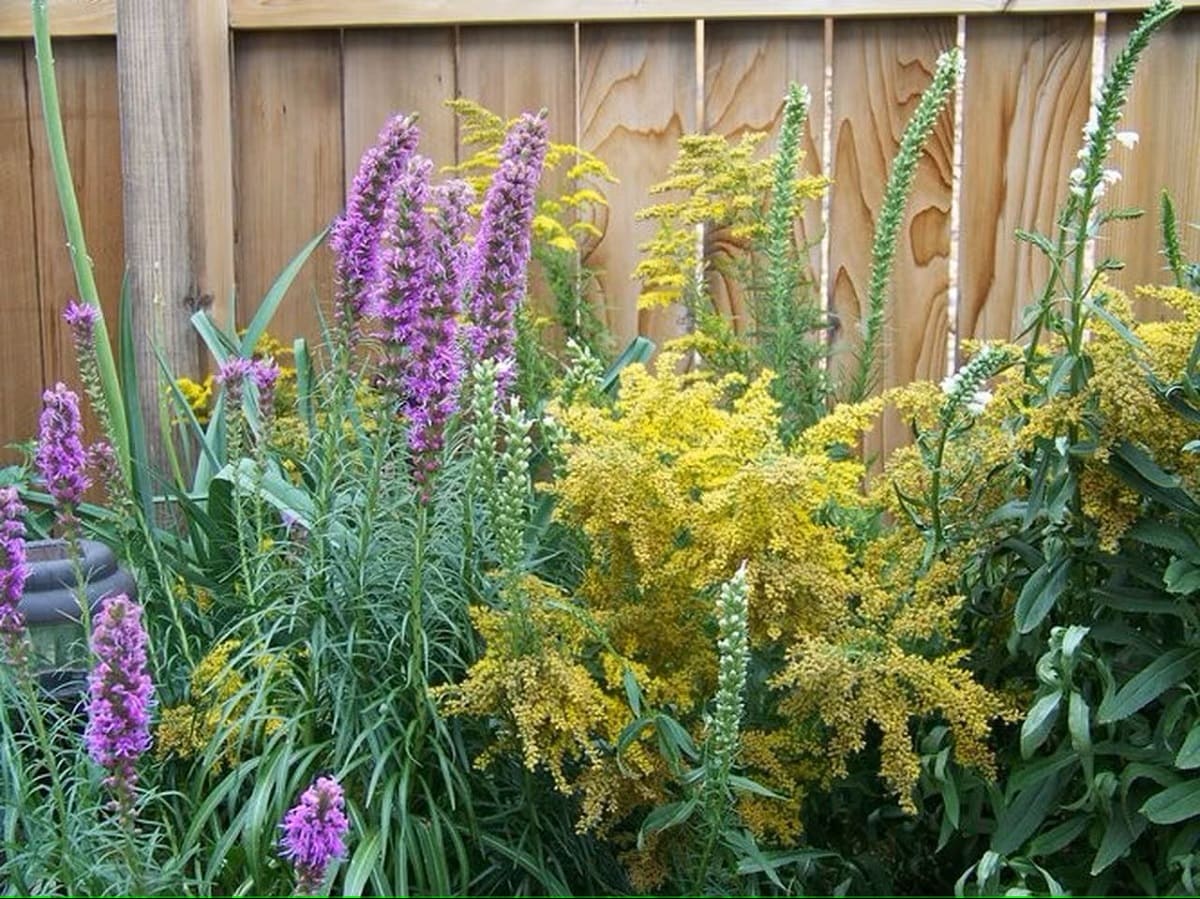

Plant Care & Gardening Tips
What Native Plant In Ohio Has Long Narrow Serrated Edges
Modified: January 4, 2024
Discover the native plant in Ohio with long, narrow, serrated edges. Find plant care and gardening tips to help you cultivate this unique species in your garden.
(Many of the links in this article redirect to a specific reviewed product. Your purchase of these products through affiliate links helps to generate commission for Storables.com, at no extra cost. Learn more)
**
Introduction
**
When it comes to the diverse flora of Ohio, one native plant stands out for its distinctive features and ecological significance: the American beech tree (Fagus grandifolia). This majestic tree, known for its long, narrow, and serrated leaves, holds a special place in the natural landscape of Ohio. Its unique characteristics, widespread distribution, and vital role in the ecosystem make it a subject of fascination and conservation efforts. In this article, we will delve into the captivating world of the American beech tree, exploring its defining traits, habitat, importance, and the ongoing endeavors to preserve its presence in Ohio's natural heritage. Join us on a journey through the enchanting realm of this remarkable native plant and discover the wonders it brings to the Buckeye State.
Key Takeaways:
- The American beech tree in Ohio is known for its long, narrow, serrated leaves, providing vital sustenance for wildlife and adding a touch of elegance to the state’s woodlands.
- Conservation efforts are dedicated to preserving the iconic American beech tree, fostering public awareness, and advancing research to ensure its enduring presence in Ohio’s natural heritage.
Read more: When To Plant Native Perennials To Ohio
Characteristics of the Native Plant
The American beech tree is renowned for its striking characteristics, making it a distinctive and easily recognizable species in Ohio’s woodlands. One of its most notable features is its long, narrow leaves, which exhibit a serrated edge, adding a touch of elegance to the tree’s overall appearance. These leaves, with their finely toothed margins, create a mesmerizing display as they sway in the gentle Ohio breeze, casting dappled sunlight on the forest floor.
Beyond its leaves, the American beech is revered for its towering stature, often reaching majestic heights that command attention in the woodland canopy. Its smooth, silvery-gray bark further distinguishes it from other trees, especially during the winter months when the landscape is adorned with a serene, monochromatic beauty. The tree’s distinctive bark serves as a canvas for the etchings of time, bearing the scars and carvings of history while exuding an enduring sense of strength and resilience.
Moreover, the American beech tree produces an abundance of beechnuts, which serve as a vital food source for various wildlife species, including birds and mammals. These nutritious nuts play a crucial role in the ecological web, sustaining the diverse array of creatures that call Ohio’s forests home.
Additionally, the tree’s growth pattern and branching structure contribute to its allure, creating a captivating silhouette against the sky and providing a sanctuary for countless organisms within its leafy embrace. The American beech is a testament to the harmonious blend of grace and resilience, embodying the essence of Ohio’s natural splendor.
Habitat and Distribution
The American beech tree thrives in a variety of habitats across Ohio, enriching the state’s natural landscapes with its presence. From the fertile woodlands of the Appalachian region to the tranquil expanses of the state’s northern forests, the American beech graces diverse ecosystems with its elegant form and ecological contributions.
These majestic trees are often found in mixed hardwood forests, where they form an integral part of the intricate tapestry of plant life. Their preference for well-drained, nutrient-rich soils allows them to flourish in a range of woodland settings, from upland slopes to lowland valleys, adding a touch of grandeur to Ohio’s verdant scenery.
Furthermore, the distribution of the American beech extends beyond Ohio, encompassing a vast geographic range that includes the eastern United States and parts of Canada. Its presence in the deciduous forests of this region underscores its significance as a keystone species, shaping the ecological dynamics and providing valuable resources for countless organisms.
Throughout its expansive range, the American beech tree contributes to the rich tapestry of biodiversity, offering shelter, sustenance, and a sense of continuity to the natural world. Its adaptability and resilience enable it to thrive in a multitude of environments, ensuring that its graceful presence endures across the landscapes it inhabits.
The native plant in Ohio with long narrow serrated edges is the Eastern Redbud tree (Cercis canadensis). It has distinctive heart-shaped leaves with serrated edges.
Importance of the Plant in Ohio
The American beech tree holds profound ecological and cultural significance in Ohio, playing a pivotal role in shaping the state’s natural heritage and supporting a myriad of life forms within its ecosystem. Its importance reverberates through the intricate web of ecological interactions, enriching Ohio’s woodlands and contributing to the well-being of numerous species.
One of the key ecological roles of the American beech lies in its provision of sustenance for wildlife. The tree’s abundant beechnuts serve as a vital food source for various creatures, including songbirds, wild turkeys, squirrels, and deer. These nutritious nuts not only sustain the resident wildlife but also contribute to the intricate food chains that sustain the balance of Ohio’s forests.
Moreover, the American beech tree provides essential habitat elements for a diverse array of organisms. Its expansive canopy and dense foliage offer shelter and nesting sites for numerous bird species, while its decaying logs and leaf litter create microhabitats for insects, fungi, and small mammals. This complex tapestry of life within and around the American beech underscores its role as a cornerstone of Ohio’s biodiversity.
Beyond its ecological contributions, the American beech holds cultural significance, capturing the imagination of nature enthusiasts, artists, and storytellers. Its graceful form and enduring presence in Ohio’s woodlands have inspired generations, fostering a deep sense of connection to the natural world and serving as a symbol of resilience and longevity.
Furthermore, the American beech tree contributes to the aesthetic appeal of Ohio’s forests, adding a touch of majesty to the landscape and creating serene, shaded groves that invite exploration and contemplation. Its presence enriches the outdoor experiences of hikers, photographers, and nature lovers, weaving a sense of tranquility and wonder into the fabric of Ohio’s natural spaces.
In essence, the American beech tree stands as a guardian of Ohio’s woodlands, nurturing the intricate tapestry of life and inspiring a profound appreciation for the interconnectedness of nature. Its significance transcends the boundaries of ecosystems, leaving an indelible mark on the hearts and minds of those who encounter its timeless elegance.
Conservation Efforts
Recognizing the ecological importance and cultural value of the American beech tree, conservation efforts in Ohio are dedicated to preserving and safeguarding this iconic species for future generations. These initiatives encompass a range of strategies aimed at addressing the challenges facing the American beech and nurturing its presence in the state’s woodlands.
One key focus of conservation efforts is the promotion of sustainable forest management practices that prioritize the well-being of the American beech tree and its associated ecosystems. Through the implementation of responsible forestry practices, such as selective harvesting and habitat restoration, conservationists strive to maintain the ecological integrity of Ohio’s woodlands while ensuring the continued vitality of the American beech.
Furthermore, public awareness and education play a crucial role in advancing conservation goals for the American beech tree. Outreach programs, interpretive signage, and educational initiatives aim to foster a deeper understanding of the tree’s ecological importance and the significance of preserving its habitat. By engaging communities, landowners, and outdoor enthusiasts, these efforts seek to cultivate a sense of stewardship and appreciation for the natural heritage embodied by the American beech.
In addition to proactive management and education, research initiatives are instrumental in advancing the conservation of the American beech tree. Scientific studies focused on the tree’s biology, genetics, and ecological interactions provide valuable insights that inform conservation strategies and enhance our understanding of the challenges and opportunities associated with preserving this iconic species.
Collaborative partnerships between conservation organizations, governmental agencies, and local communities form the backbone of conservation efforts for the American beech tree. By fostering cooperation and shared stewardship, these partnerships leverage collective expertise and resources to implement effective conservation measures and safeguard the tree’s presence across Ohio’s diverse landscapes.
Ultimately, the conservation of the American beech tree in Ohio is a testament to the enduring commitment to preserving the state’s natural heritage and fostering a thriving ecosystem for generations to come. Through a harmonious blend of conservation practices, public engagement, and scientific inquiry, these efforts strive to ensure that the graceful silhouette of the American beech continues to grace Ohio’s woodlands, enriching the tapestry of life and inspiring awe for the wonders of the natural world.
Read more: What Is A Native Plant
Conclusion
The American beech tree stands as a symbol of resilience, elegance, and ecological significance in Ohio’s natural landscape. With its long, narrow, serrated leaves and towering presence, this iconic native plant enriches the woodlands of the Buckeye State, weaving a tapestry of life and beauty that captivates the imagination and fosters a deep sense of connection to the natural world.
As we reflect on the captivating allure and ecological importance of the American beech, we are reminded of the intricate web of life that thrives within and around its graceful form. From the provision of sustenance for wildlife to the creation of vital habitats for diverse organisms, the American beech tree plays a pivotal role in shaping Ohio’s ecosystems, contributing to the state’s rich biodiversity and cultural heritage.
Furthermore, the conservation efforts dedicated to preserving the American beech underscore the unwavering commitment to safeguarding Ohio’s natural treasures and nurturing the resilience of this iconic species. Through sustainable forest management, public engagement, research endeavors, and collaborative partnerships, these conservation initiatives embody a shared dedication to ensuring the enduring presence of the American beech in Ohio’s woodlands.
As we gaze upon the majestic silhouette of the American beech and immerse ourselves in the tranquil groves it graces, we are reminded of the timeless beauty and ecological harmony it embodies. Its enduring presence serves as a testament to the interconnectedness of all life and the profound impact of nature’s wonders on the human spirit.
In essence, the American beech tree invites us to embrace a deeper appreciation for the natural world and the intricate relationships that sustain its splendor. It beckons us to become stewards of the land, nurturing the vitality of Ohio’s woodlands and preserving the legacy of this remarkable native plant for generations to come.
As we journey through Ohio’s forests, may the graceful presence of the American beech inspire us to cherish the wonders of nature, foster a sense of stewardship, and cultivate a profound reverence for the timeless elegance and ecological importance of this iconic species.
Frequently Asked Questions about What Native Plant In Ohio Has Long Narrow Serrated Edges
Was this page helpful?
At Storables.com, we guarantee accurate and reliable information. Our content, validated by Expert Board Contributors, is crafted following stringent Editorial Policies. We're committed to providing you with well-researched, expert-backed insights for all your informational needs.
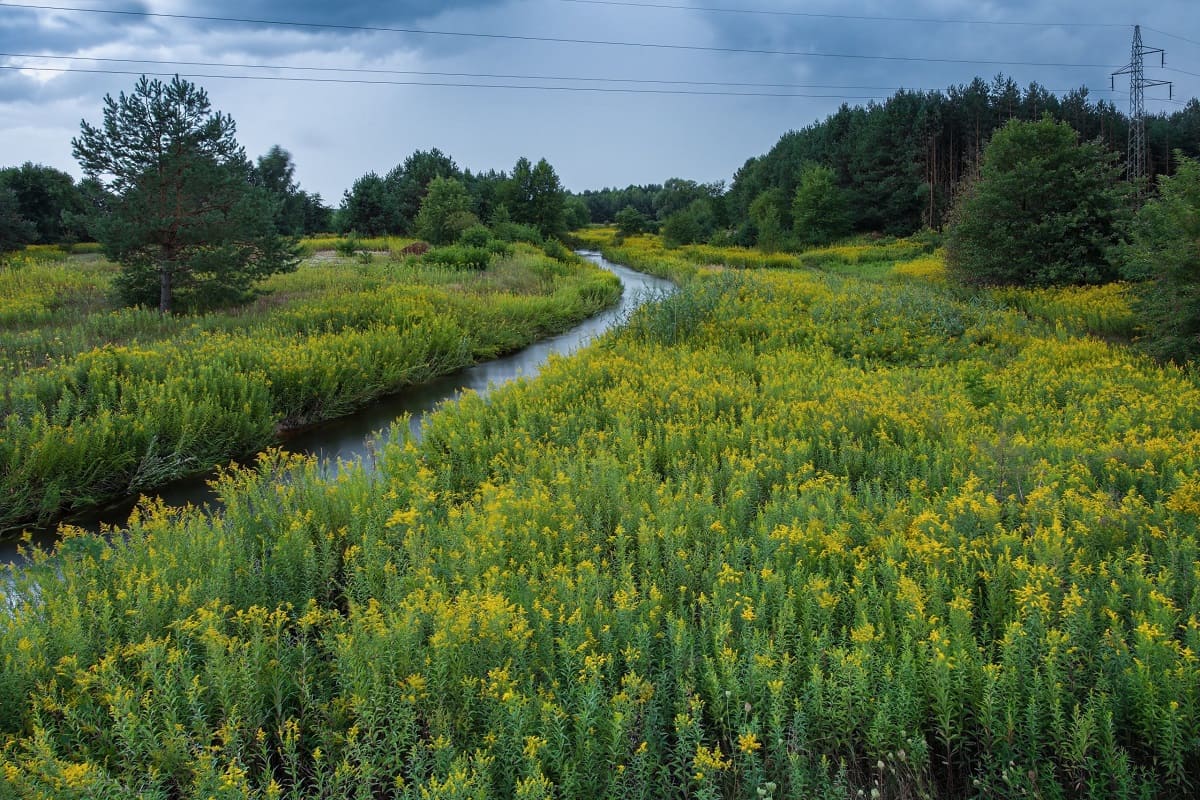


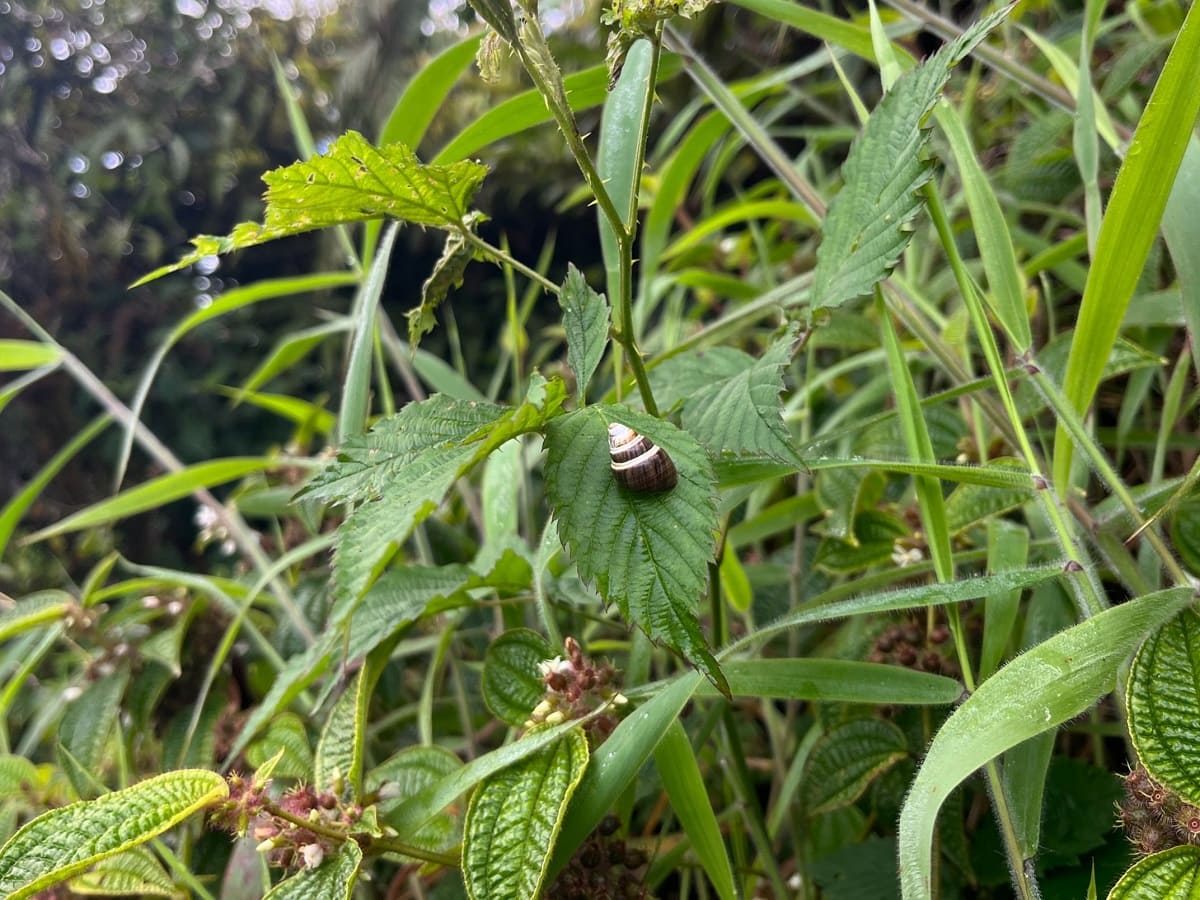
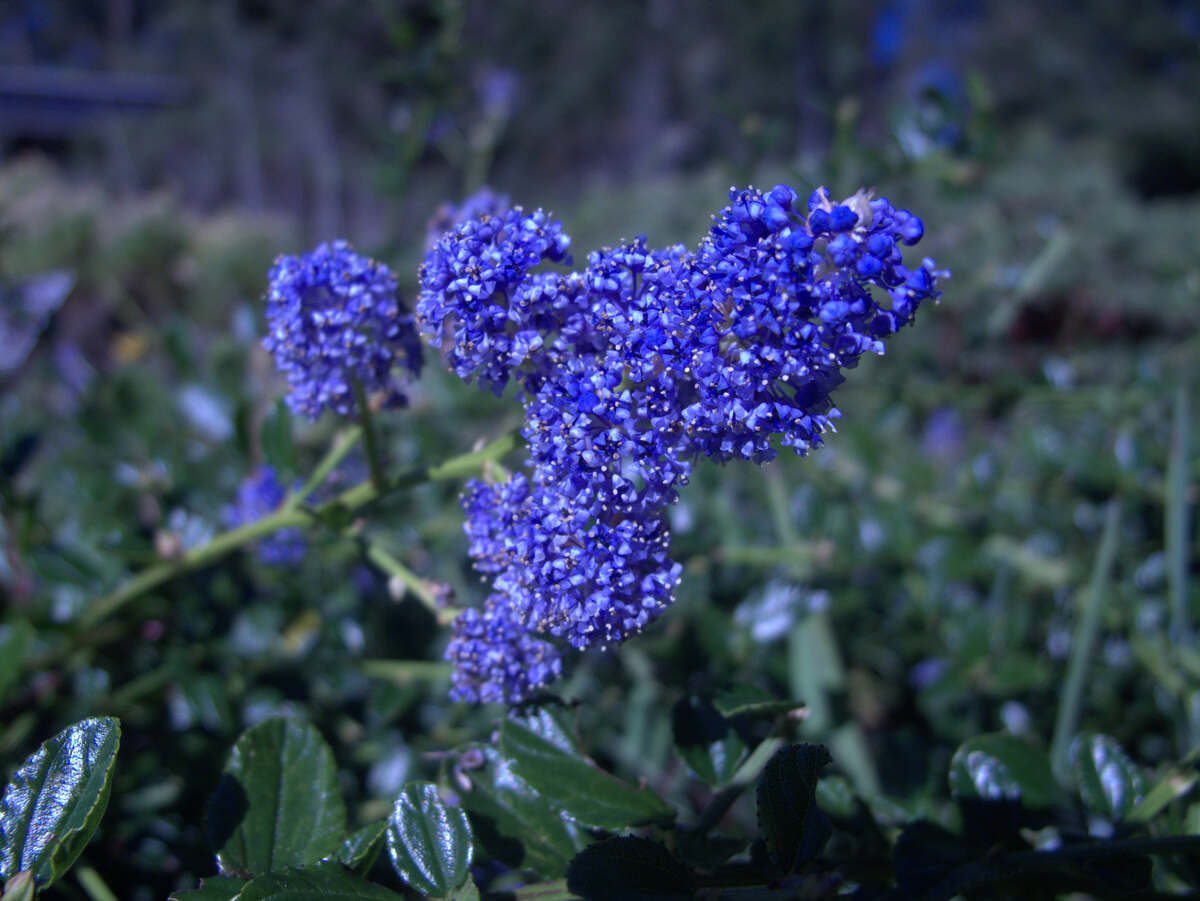
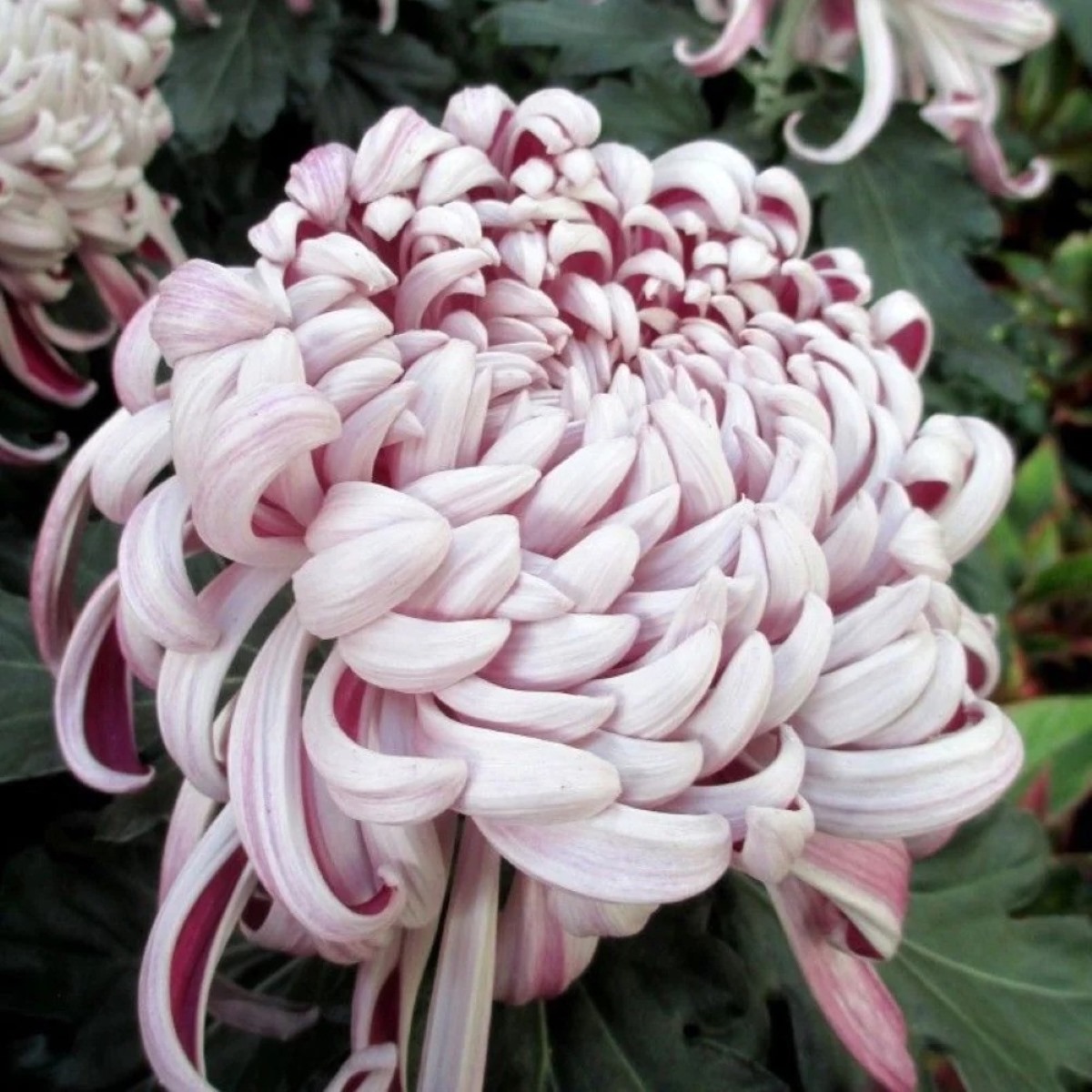
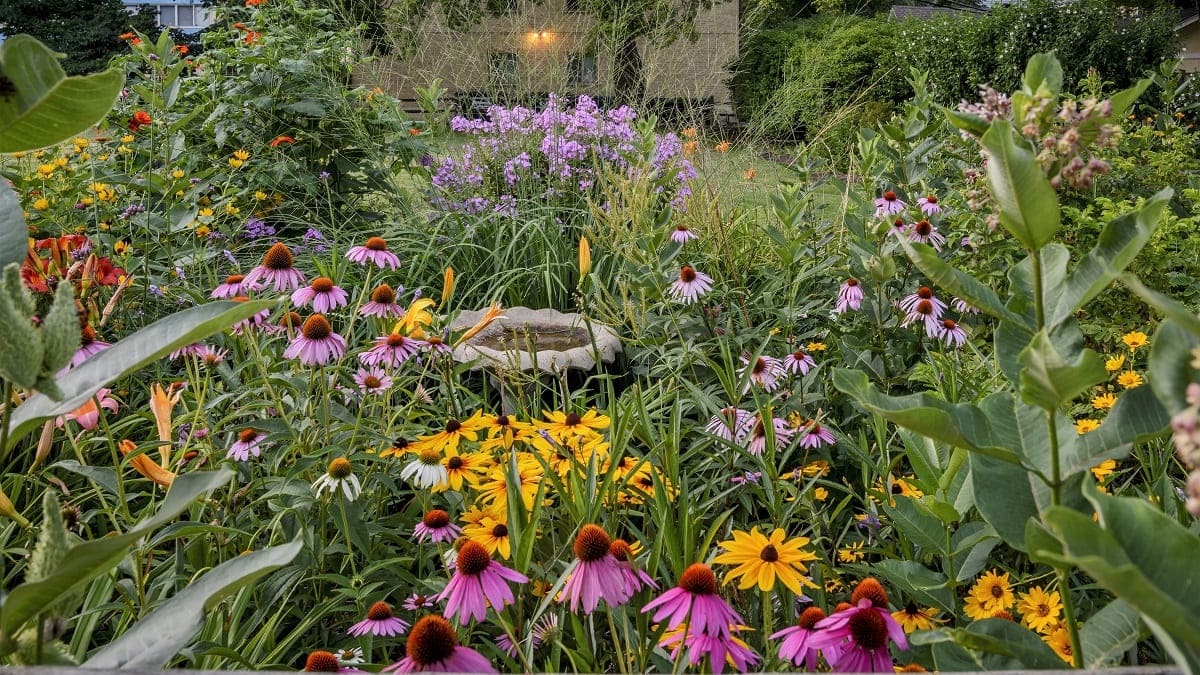
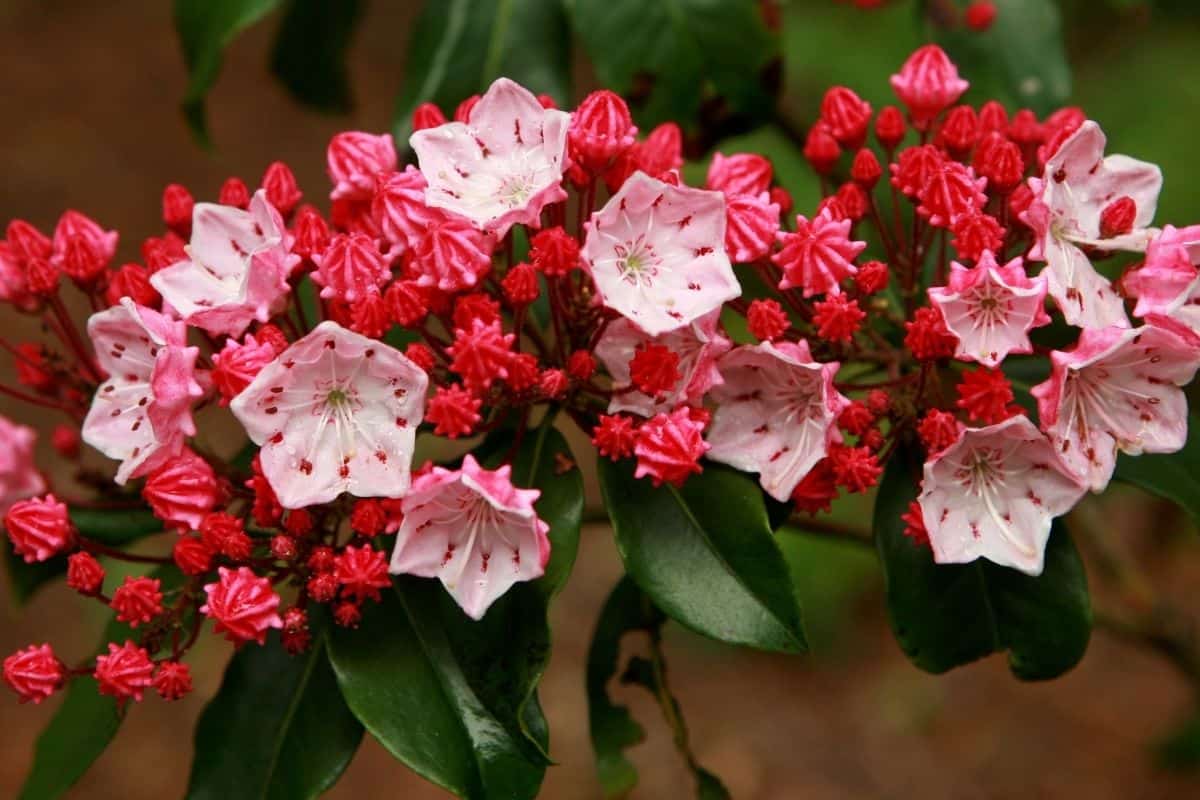
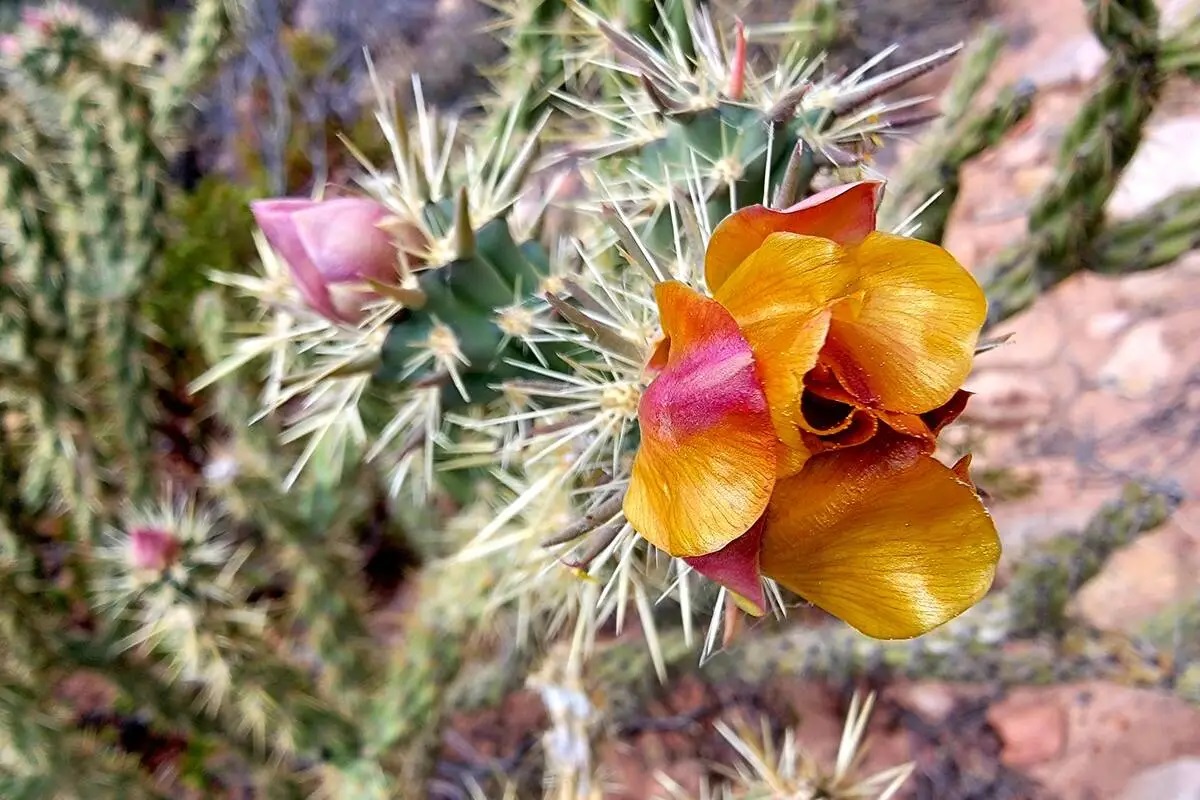

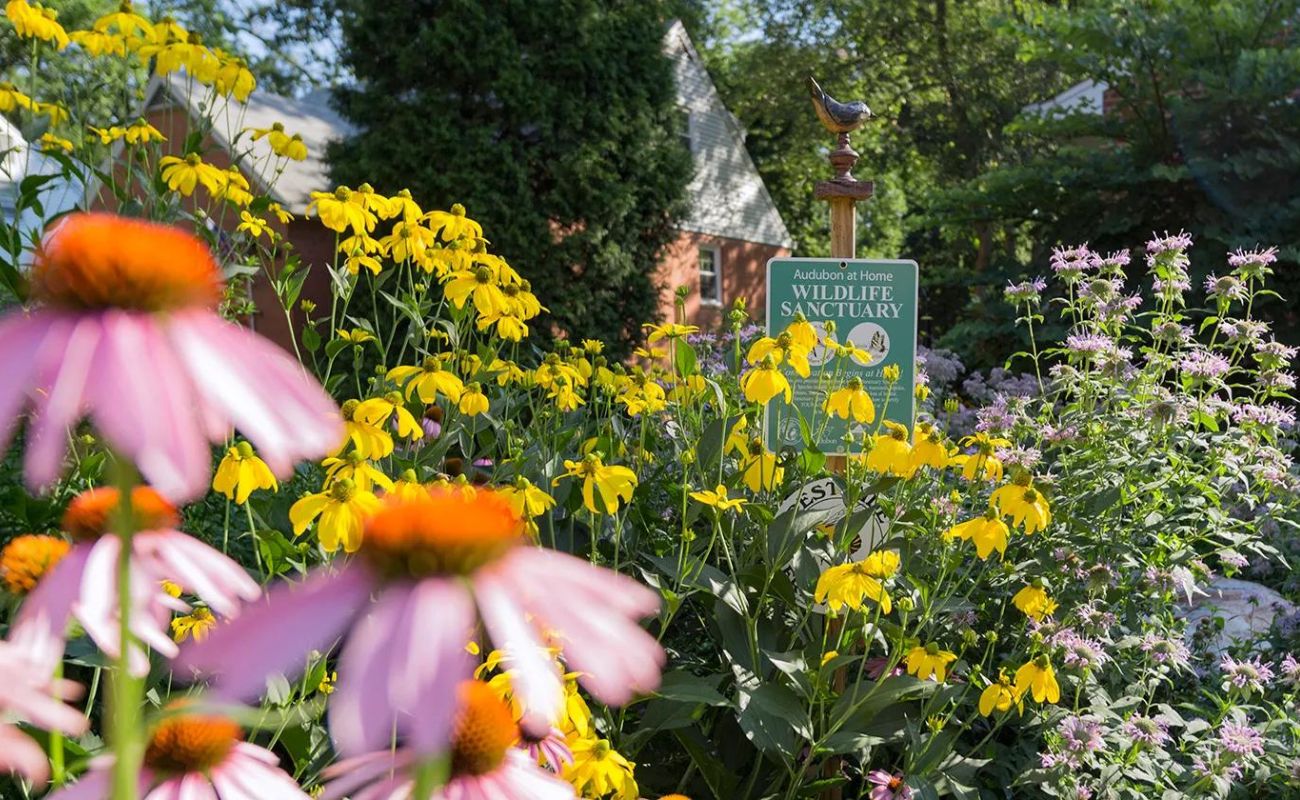




0 thoughts on “What Native Plant In Ohio Has Long Narrow Serrated Edges”